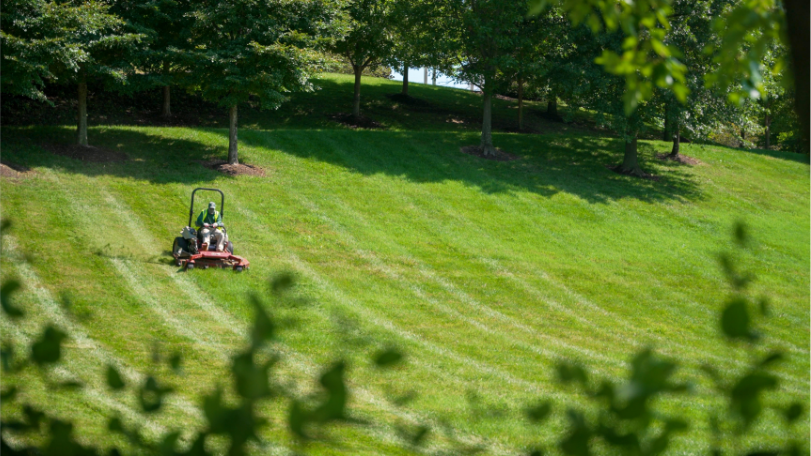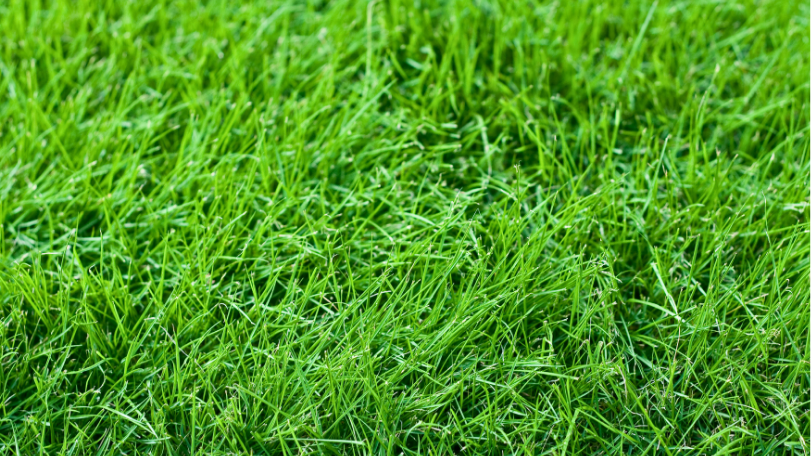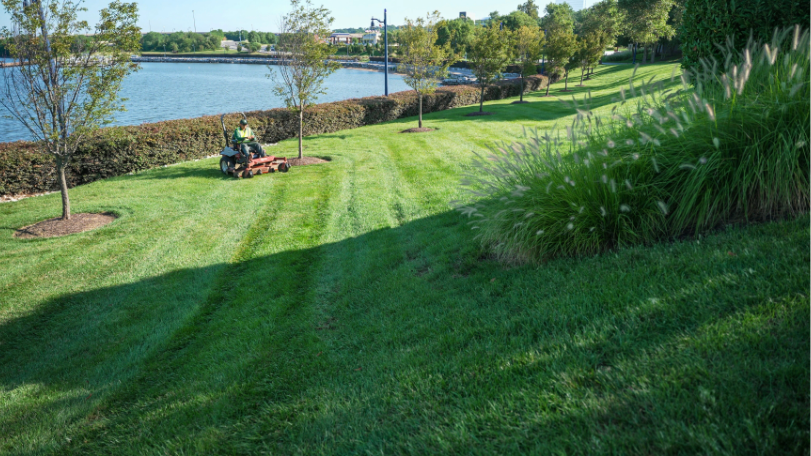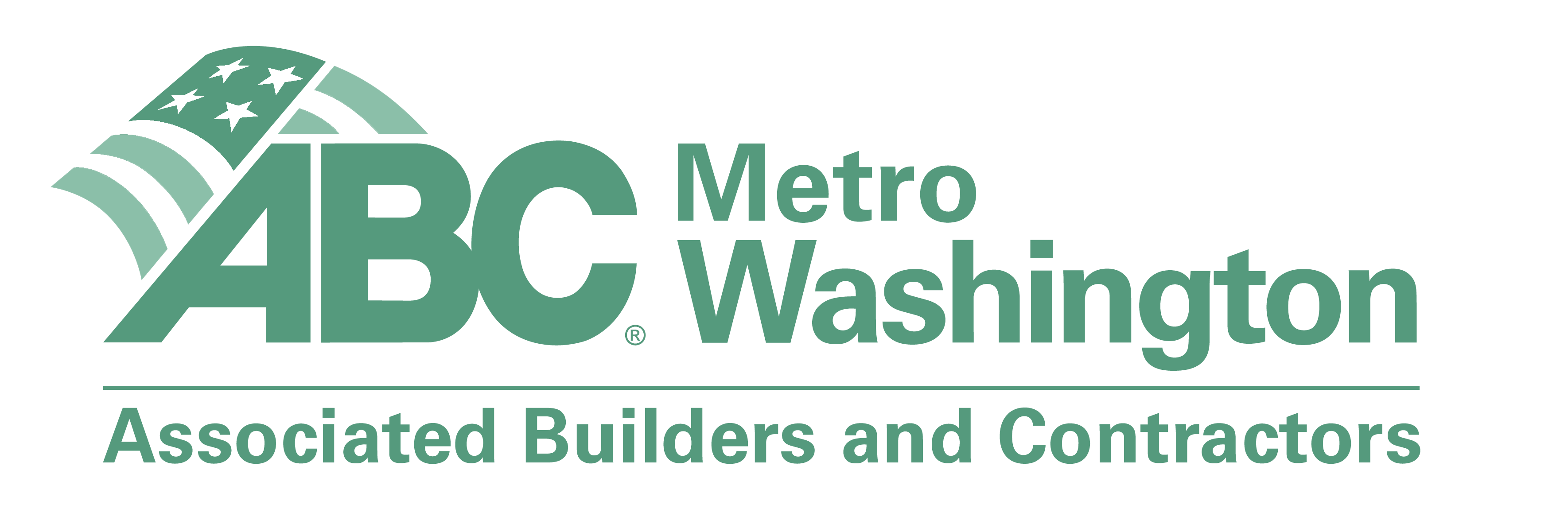When to Fertilize Lawn for the Best Results
Best Time to Fertilize Your Lawn for a Healthy, Green Landscape
Maintaining a healthy lawn isn’t just about mowing and irrigation—it’s about feeding your turf at the right times with the right products. Knowing when to fertilize lawn areas is key to achieving a vibrant, weed-resistant, and resilient commercial landscape. At Complete Landscaping Service, we’ve developed fertilization schedules tailored to commercial properties throughout Northern Virginia, Maryland, and Washington, DC, ensuring lush, green lawns all year long.
When to Apply Lawn Fertilizer in the Mid-Atlantic Region
So, when is the best time to fertilize your lawn? That depends on the type of grass you have. In the Mid-Atlantic region, most commercial properties feature cool season grasses such as:
-
Tall Fescue
-
Kentucky Bluegrass
-
Perennial Ryegrass
These grasses grow most actively during early spring and early fall, making those seasons ideal for fertilizer application. Here’s a recommended fertilization schedule for cool-season turf:
-
Early Spring (March to April): Jumpstarts growth after winter dormancy.
-
Late Spring to Early Summer (May to June): Strengthens the turf’s root system before hot weather hits.
-
Early Fall (September to October): The most important application for developing deep roots and repairing summer damage.
-
Late Fall (Optional): Helps maintain root strength heading into winter dormancy.
Avoid fertilizing during peak summer heat unless you’re working with warm season grass, which thrives in those conditions.
Why Timing Your Fertilizer Application Matters
Applying fertilizer at the wrong time can do more harm than good. Fertilizing when grass is dormant—or when the soil is too hot or too cold—wastes product, weakens the turf, and can contribute to runoff and pollution.
That’s why understanding when to apply lawn fertilizer is so important. During periods when turf is actively growing, it can absorb nutrients efficiently, leading to a healthy lawn with improved density, color, and disease resistance.
Timing also affects how well your lawn can compete with weeds. For example, pairing spring fertilization with a weed and feed product helps stop broadleaf weeds before they establish.
How to Know When to Put Fertilizer on Lawn Areas
Not sure when to put fertilizer on lawn spaces around your property? Here are a few signs it’s time:
-
Dull, yellowish color
-
Thin or patchy areas
-
Poor response to mowing or watering
-
Evidence of compacted or unhealthy soil
In many cases, it’s better to be proactive than reactive. A pre-planned fertilization schedule using slow release fertilizers delivers consistent nutrients over time, promoting long-term turf health without the spikes and crashes of quick-release products.
Consider Grass Type, Weather, and Property Use
Your fertilizer application strategy should always take into account:
-
Grass Type: Cool vs. warm season grass.
-
Soil Health: Testing pH and nutrient levels helps fine-tune your fertilizer blend.
-
Weather Patterns: Rainfall and temperature can impact timing and absorption.
-
Foot Traffic: Heavily used areas (like near entrances or walkways) may need more frequent care.
-
Irrigation Systems: Proper watering is essential to help fertilizer activate and reach the root system.
For commercial properties like HOAs, office campuses, or retail centers, it’s crucial to combine lawn care expertise with site-specific needs. Fertilizer timing and selection may vary depending on how your outdoor space is used and what aesthetic goals you want to achieve.
Why Fall Is the Best Time to Fertilize Your Lawn
If you had to choose just one time to fertilize, make it early fall. After the summer heat subsides, lawns go through a natural recovery period. Fertilizing during this window:
-
Repairs damage from heat and foot traffic
-
Encourages strong roots and dense turf
-
Prepares the lawn for winter survival and early spring growth
Fall is also the best time to pair fertilization with aeration and overseeding, allowing nutrients to penetrate deeper and support new grass growth.
Avoid Fertilizing at the Wrong Time
It’s just as important to avoid fertilizing at certain times. Mid-summer applications on cool-season grass can burn your lawn and waste product. Likewise, fertilizing too early in winter risks nutrient runoff without any turf benefit.
For optimal results, trust professionals who can match your lawn care goals with the right timing, products, and frequency based on years of regional experience.
Take the Guesswork Out of Lawn Fertilization
Whether you manage an HOA, a healthcare campus, or a retail plaza, turf health plays a major role in your property’s curb appeal. At Complete Landscaping Service, we develop custom, seasonal plans based on soil conditions, climate, and usage to keep your landscape looking sharp year-round.
Let us help you make the right call on when to fertilize your lawn—and how to do it properly.
👉 Contact us today to build a smart, sustainable lawn care plan that delivers results.









